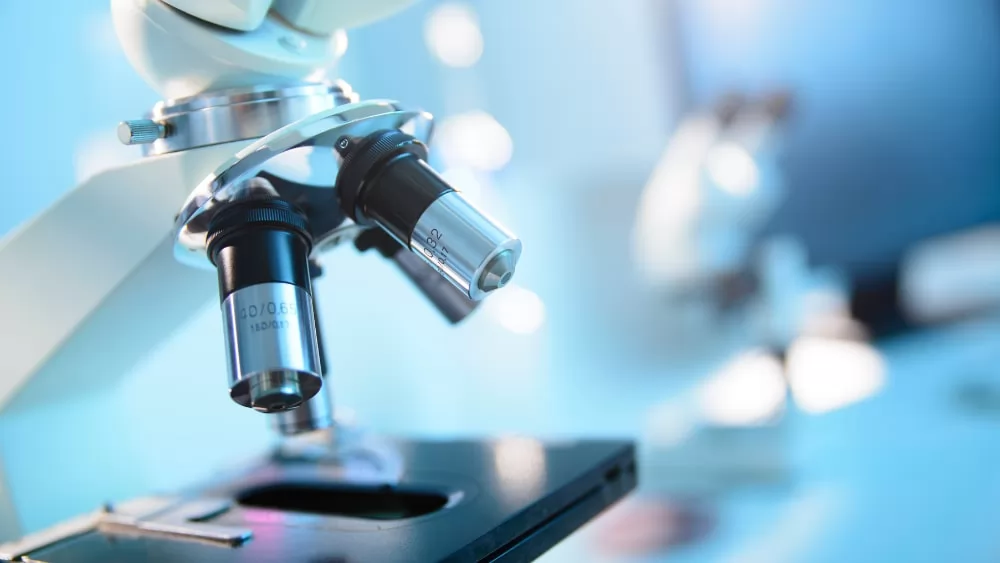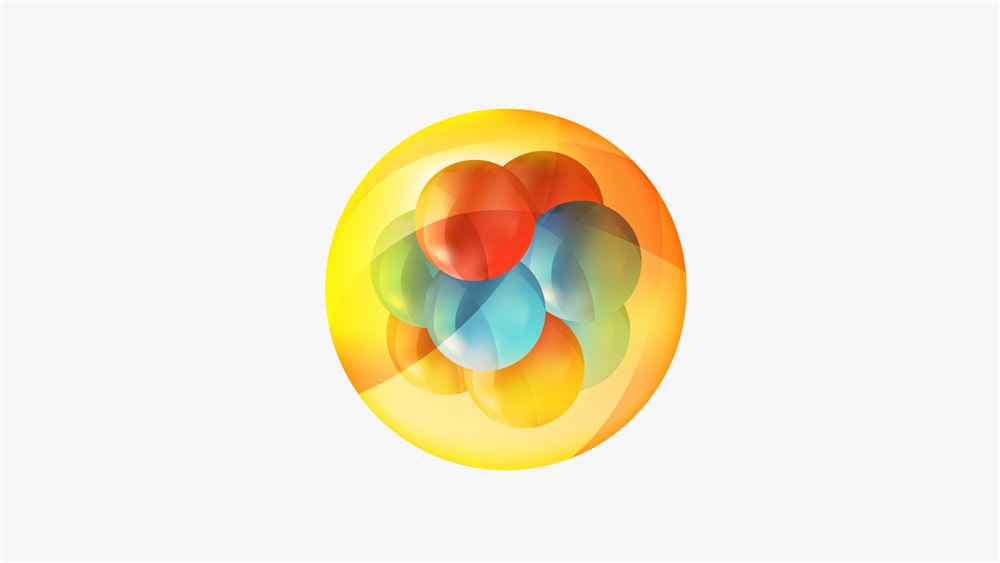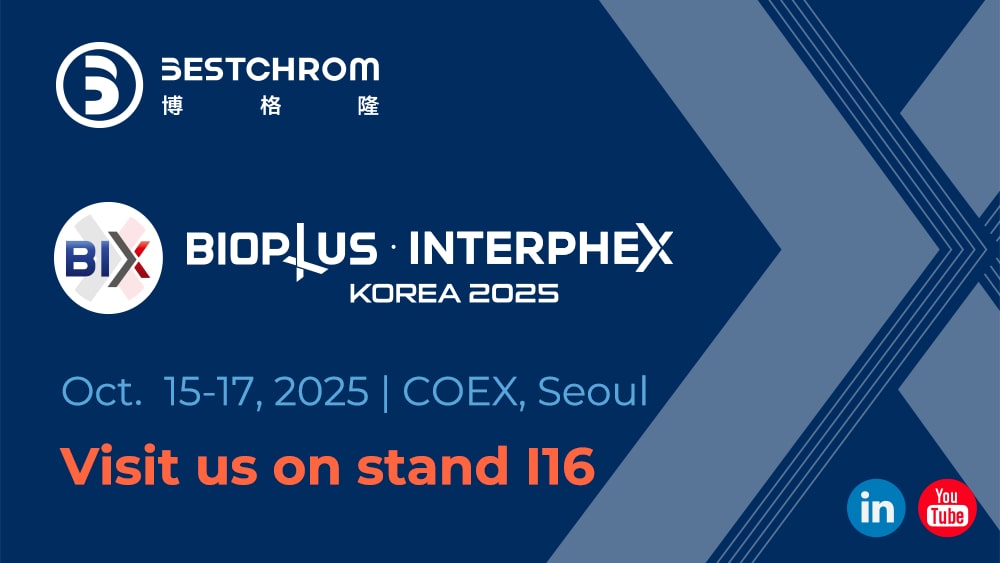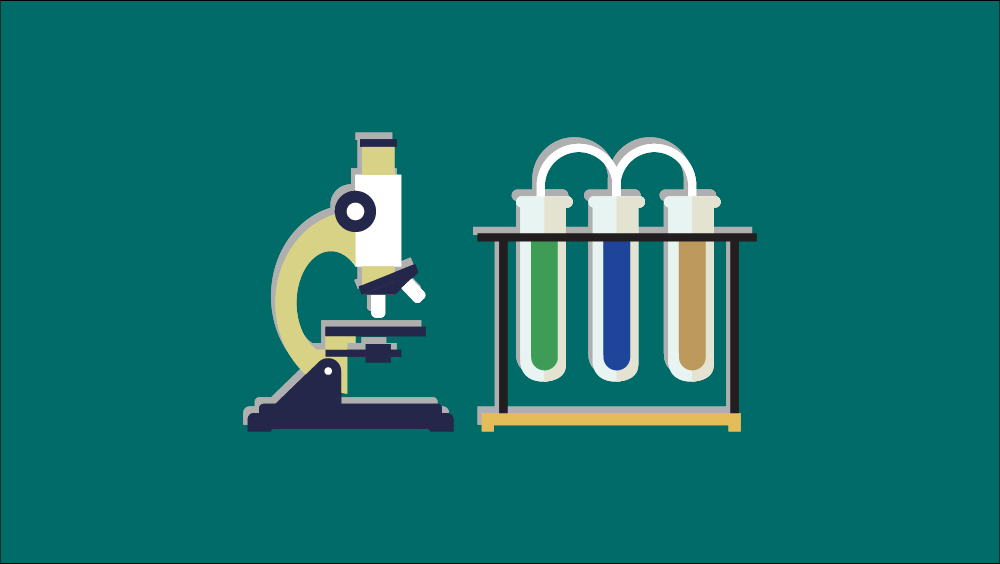Removal approach of IgG-like BsAb by-products

Bispecific antibody(BsAb)
Bispecific antibody(BsAb) is synthetic antibody which can simultaneously specifically bind with two antigens or epitopes via genetic recombination. Due to its specificity and bifunction, BsAb drugs have become a section attracting huge amount of attention in bio-pharmaceutical R&D. BsAb drugs enjoy wide prospect in oncology, inflammatory disease and autoimmune disease.
IgG-like BsAb
Based on the existence of Fc fragment, BsAb can be categorized as IgG-like BsAb and Non IgG-like BsAb. Since IgG-like BsAb has Fc region, it possesses the effect of ADCC (antibody-dependent cell-mediated cytotoxicity) and CDC (complement dependent cytotoxicity), making it more effective in destroying tumor cells.
However, as a result of mismatch, missing or aggregation, multiple by-products can generate during the recombination process, including homodimer Fc species, heterodimeric Fc species, antibody fractions (half antibody, 3/4 antibody) and aggregate.
Downstream purification approaches of IgG-like BsAb
The removal of Homodimer
Affinity chromatography resin can bind with Fc fragment, which can effectively simplify the removal of homodimer based on various binding site number of Protein A in heavy chain constant region. Meanwhile, the involvement of various light chains can prevent the mismatch of heavy chains, while still requiring specific affinity chromatography process in the removal of mono κ and mono λ homodimers in κλ-body.
Ion exchange chromatography can effectively separate target IgG-like BsAb and homodimer (0.1 pH unit) with very negligible pI disparity via highly linear pH gradient.
Mixed mode resin has both charge and hydrophobicity effects, which can effectively remove homodimer based on the hydrophobicity and charge difference on the surface of target BsAb.
The removal of half antibody
Half antibody only retains one Fc region. Compared with target antibody containing two Fc regions, half antibody possesses weaker binding capacity with affinity resin and, therefore can be eluted earlier and removed via pH linear gradient elution or constant pH elution.
Under the right condition, half antibody can be effectively remove by mixed mode resin and IEX resin due to its weaker binding capacity than target BsAb. Specifically, when using linear salt gradient, half antibody will be eluted earlier. Alternatively, it is also possible to add IEX resin resolution by adding appropriate amount of PEG in the mobile phase.
The removal of light chain related impurity
Light chain related impurities are mainly produced in the breaking process of light chain, heavy chain and disulfide bond, which can be removed by charge and hydrophobicity disparity. For example, when HHL with one missing light chain can be removed by Protein L resin, it is possible to remove the HHLLL with one extra light chain via binding-elution mode of HIC resins with weak hydrophobicity and high resolution.
The removal of aggregate
Since the extended peptide chains of symmetric IgG-like BsAb enhance the intertwinement between peptide chains of molecules, it is easier for aggregates to form. Aggregates enjoy stronger binding with affinity resin compared with target molecules, which means separation can be improved by adding PEG/CaCl2 or PEG/NaCl in elution buffer.
HIC enjoys outstanding performance in the removal of aggregates. Specifically, since aggregates possesses stronger hydrophobicity than monomers, the removal of aggregates can be achieved by flow-through mode of target molecules. For highly hydrophobic target molecules, it is possible to select less hydrophobic resins such as Octyl and Butyl resins for sample loading condition testing. For the elution of aggregates and target antibody, it is recommended to select HIC resins with high resolution. Meanwhile, when selection Mixed mode resin and IEX resin, resins with smaller bead size and low ligand concentration can dramatically improve the separation of aggregates and target molecules.
Conclusion
The generation of by-products in the recombinant process of BsAbs is inevitable. Compared with conventional antibody, the purification of BsAbs poses a bigger challenge. Thus, a more targeted combination of resin selection and purification approach will significantly speed up the launch of downstream purification process.
Recommended related content









.png)


